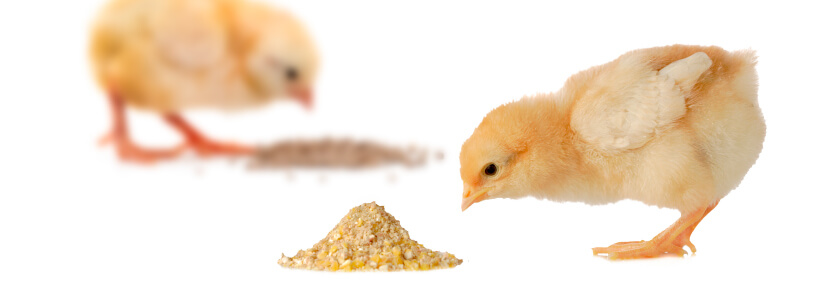 23 Sep 2022
23 Sep 2022
Unconventional ingredients for pig and poultry diets represent interesting cost effective alternative. However, they must meet quality, and feed safety requirements to be considered.
Diets are amongst the most important factors to be considered in pig and broiler production. Usually, diets contain several food ingredients that supply energy and nutrients, such as:
all of these necessary for the proper growth of broiler chickens and pigs.
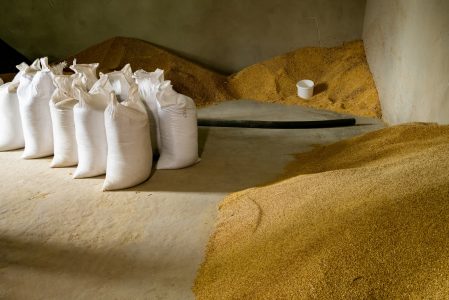
Cereals and oilseed meal make up the bulk of animal diets. Other ingredients such as wheat, barley, canola paste and dry distillers grains are used to a lesser extent.
![]() However, the competition for these feed ingredients in food, biofuels, and bioprocessing industries, increases their costs significantly.
However, the competition for these feed ingredients in food, biofuels, and bioprocessing industries, increases their costs significantly.
By-products of the food and biofuel industries with little or no commercial value to humans have shown potential for their use as ingredients for animal diets.
Therefore, depending on geographical location, surrounding industries, and prevailing agronomic practices, certain ingredients which are not commonly used but hold significant nutritional quality, can be added to pig and broiler diets.
![]()
The drawback is that several of these unconventional ingredients contain anti-nutritional factors (ANF) or toxins that complicate their inclusion in animal feed.Other factors such as: inconsistent availability of some of these ingredients, government regulations, and deficient nutritional compositions relative to common ingredients, also limit their large-scale use.
This entry aims to review some of the unconventional ingredients used in pig and broiler feed.
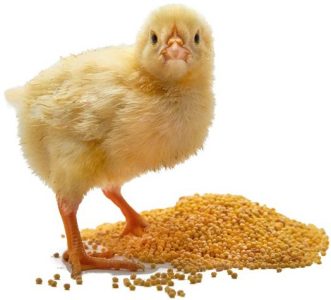
Protein rich ingredients used in animal feed
Protein sources used for diet formulation can be of plant or animal origin. However, plant-based food ingredients are most commonly used due to their lower cost.
The description that follows mentions some unconventional plant based ingredients that are rich in protein content.
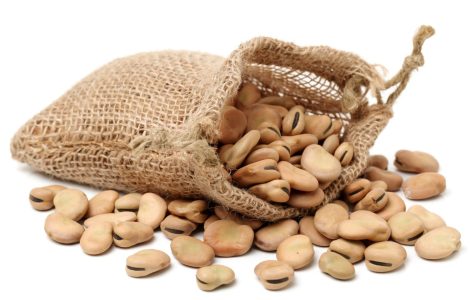
Faba beans
Faba beans (Vicia faba L.) are legume crops that have been increasingly favored as rotation crops due to their reduced environmental impact and nitrogen-fixing capacity. They are a rich source of protein (22-32% CP),rich in lysine, but as with other legume crops they have low methionine content.
These beans are known to have a high ANF content. Amongst which there are: tannins, vicin, lectins, protease inhibitors, and convicin, which affect the growth performance and nutrient utilization of pigs and broilers (Grosjean et al., 2000).
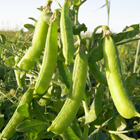
Field peas or peas
Field peas or peas (Pisum sativum) are legumes with high nutritional quality. Finding themselves between corn and cornmeal with the potential to replace both in pig and broiler diets. They are rich in lysine, but have relatively low levels of methionine, tryptophan and cysteine.
Field peas also contain ANF, such as tannins, trypsin inhibitors, lectins, saponins, and phytic acids. Heat treatment and extrusion have been shown to deactivate most of the FAs present in their seeds.
[register]
Chickpeas
Chickpeas (Cicer arietinum L. ) are protein and energy rich legumes, as well as minerals such as calcium and phosphorus. However, their nutrient composition can vary depending on the crop. The CP content of chickpeas ranges from 13 to 34%; however, they have limited content of: methionine, cysteine, valine, threonine, and tryptophan. As seen with other legumes such as FB and FP, chickpeas contain ANF as amylase and protease inhibitors, as well as lectins and polyphenols.
Copra flour
Copra flour is a by-product of coconut oil processing. It is a source of energy and protein readily available to local livestock industries. Although it can contain up to 15-25% CP, its use in diets for broilers or pigs is limited due to the low concentrations of some essential AAs such as lysine and methionine. Copra flour is also rich in carbohydrates, although most of it is in the form of indigestible fiber and non-starch polysaccharides (NSPs) such as cellulose, mannan, and galactomannan.
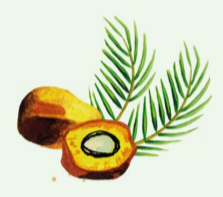
Palm kernel flour
Palm kernel flour is a by-product of palm oil processing. With a CP content ranging from 14 to 21%,” it has a high content of arginine and sulfur AA, but a low content of lysine and tryptophan.
Palm kernel flour also has a high content of acidic detergent fiber (7–20%), mannans, and lignin, resulting in a sandy and fibrous texture. Most of the phosphorus present is bound to phytate and, therefore, the use of phytases is required to improve their utilization.
Ingredients of animal origin
Ingredients that are rich in animal protein and are commonly used in pig and poultry diets include fishmeal and meat-and-bone meal. Both of which are expensive protein sources.

Atypical animal ingredients may be preferable as good protein sources.
Some of these ingredients include:
Bird meal
Poultry meal is a by-product of processing plants obtained from inedible poultry heads, legs and viscera after these have been processed. With a CP content of 52-60%,” a relatively cheaper cost, and a good AA profile, poultry meal has been touted as a possible substitute for fishmeal in broiler and weaned piglets’ diets. It is also considered as a good source of calcium and fat.
Several adjustments in the processing methods and quality assurance for this type of meal, have led to great improvements in its palatability and consistency. However, there is still some variability. This type of meal has been favorably used within the pet food industry in recent times.
Feather meal![]()
Feather meal is another by-product of the poultry processing industry. Feathers account for 5 to 7% of the adult bird’s live weight and are composed by approximately 90% CP.
![]() However, 88% of the protein present in feathers is keratin, which requires processing in order to hydrolyze it keratinous bonds and make it suitable for animal consumption.
However, 88% of the protein present in feathers is keratin, which requires processing in order to hydrolyze it keratinous bonds and make it suitable for animal consumption.
Vapor hydrolyzation has the disadvantage of damaging heat-sensitive AA, such as lysine, methionine, and tryptophan when carried out in excess and over long periods of time. The availability of essential AA in feather meal is comparable to that soybean meal, with the exception of lysine.
 Feather meal was included in up to 5-10% in diets for growing pigs without negative impacts on growth yield or carcass quality (Van Heugten and Van Kempen, 2002).
Feather meal was included in up to 5-10% in diets for growing pigs without negative impacts on growth yield or carcass quality (Van Heugten and Van Kempen, 2002).

Blood meal
Blood meal is processed from blood collected from animals such as pigs, cows and poultry, after they have been slaughtered in processing plants. It is a viable and cheap source of protein for local livestock industries.
Despite its high CP concentration(88-90%),70% of blood meal is made up of poor-quality red blood cell components, while serum proteins make up the remaining 30%.
Blood meal is deficient in isoleucine, but it is an excellent source of lysine, methionine, and cysteine. Thermal processing damages many of the essential AAs, making them unavailable and limiting their use in animal diets.
With improvements in processing techniques, blood meal has gained greater interest as a potential protein source, combined with other CP sources in broiler and pig diets.
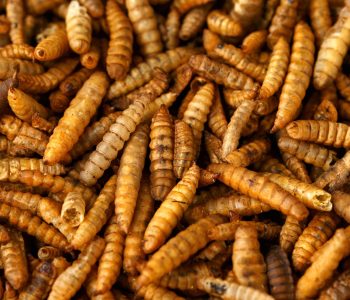
Insect meal
Insects are ectothermic, fast-growing, species with high feed-efficiency. They can convert plant and animal waste into proteins and lipids.
Insect meal has been considered as the future of livestock production due to several factors, such as:
1) the growing interest in alternative protein sources for animals
2) the relatively high costs of existing protein sources
3) the abundance of insects that could be used to supply protein to animals
4) the ease with which insect meal can be produced
Insects compare favorably with fishmeal due to their similar CP content (40–60%).
However, previous insect degreasing is required to improve their CP content and palatability. Some of the most commonly used insects in meal production are:
The total or partial substitution of soybean meal with insect meal (made from black soldier fly larvae) in the diets of piglets and growing pigs showed no differences in regards to:
and presented an increase in nitrogen digestibility (Neumann et al., 2018).
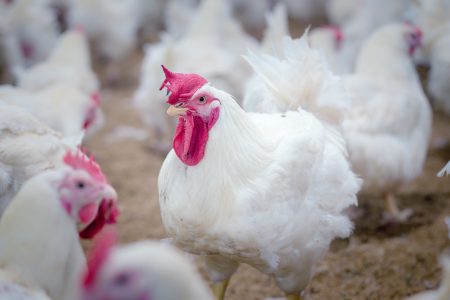
Similarly, Hwangbo et al. (2009) included up to 20% insect meal (from housefly larvae) in broiler diets and reported improvements in carcass quality and growth performance .
The inclusion of insect meal as a protein source for pigs and poultry holds great potential. It is feasible that these become accepted worldwide if legal requirements regarding food safety are modified accordingly.
[/register]
Subscribe now to the technical magazine of animal nutrition
AUTHORS
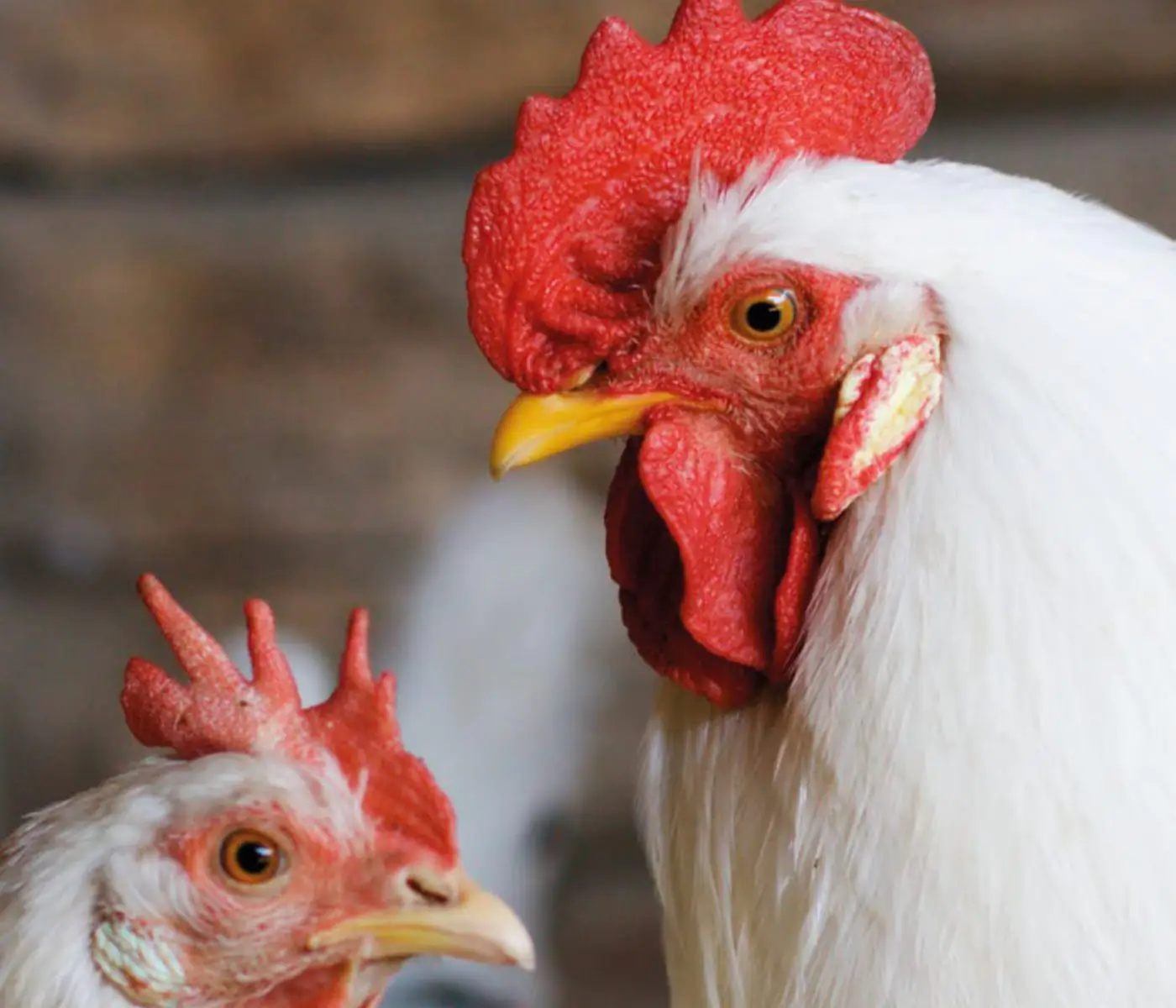
Nutritional Interventions to Improve Fertility in Male Broiler Breeders
Edgar Oviedo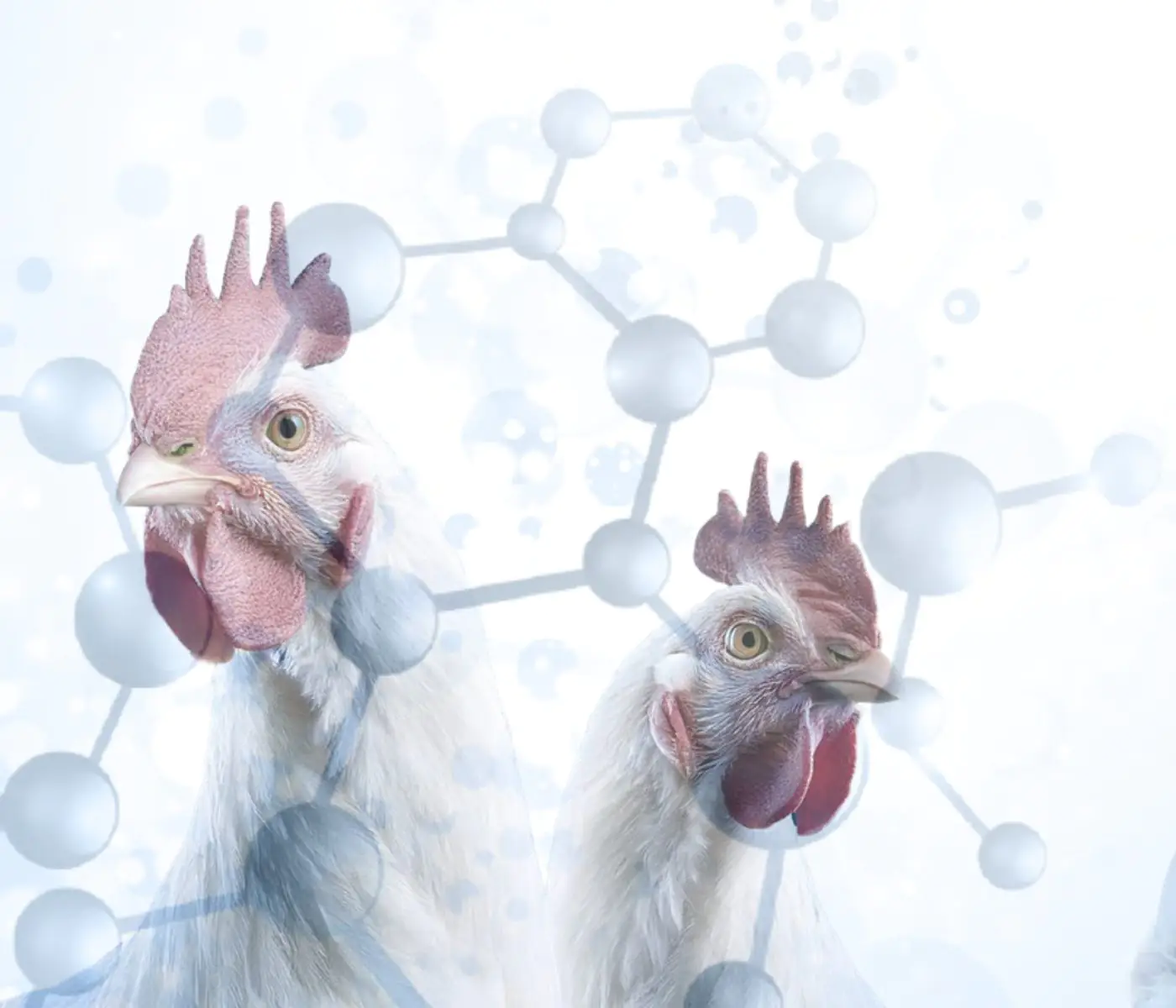
The Use of Organic Acids in Poultry: A Natural Path to Health and Productivity
M. Naeem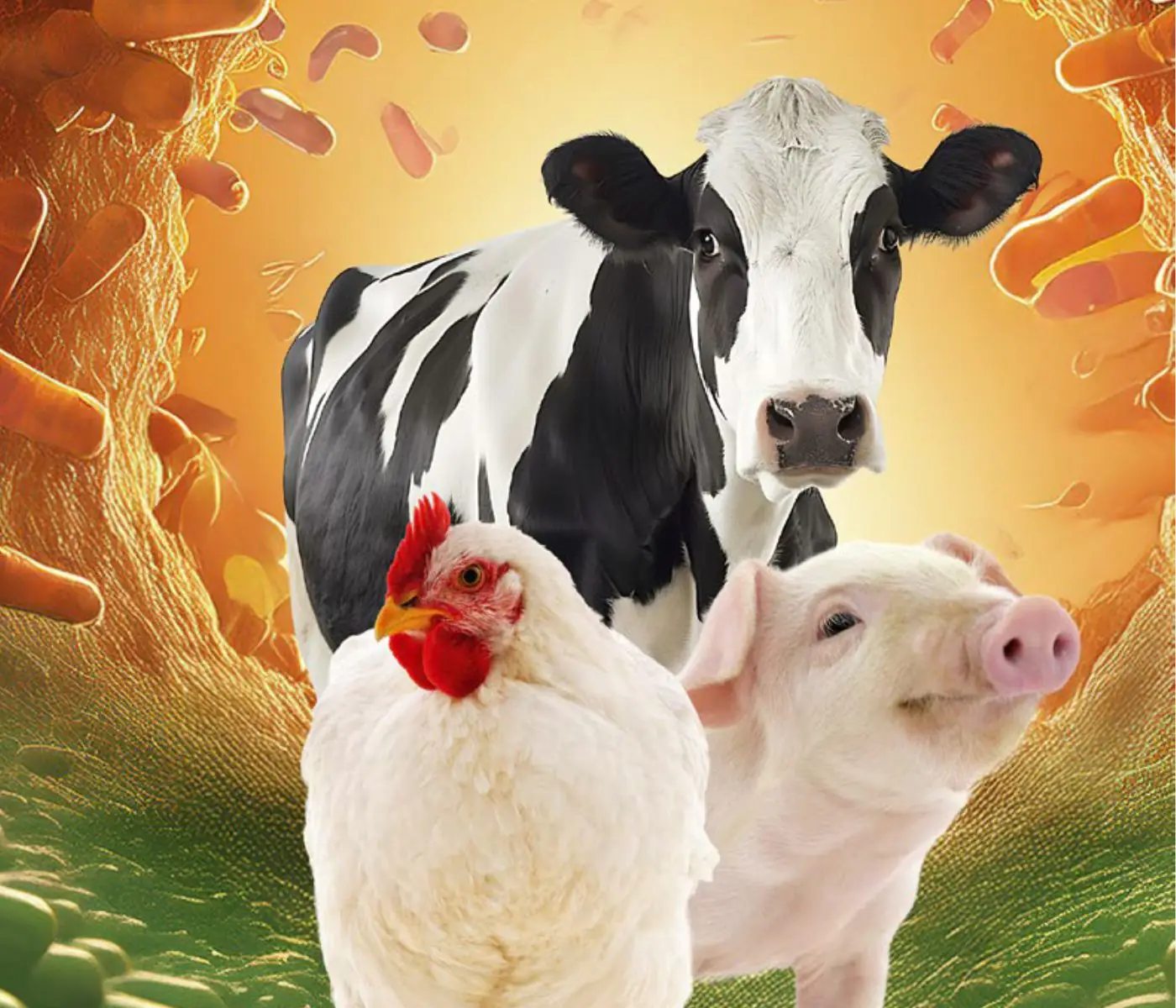
Synergistic Benefits of Prebiotics and Probiotics in Poultry, Swine, and Cattle
Gustavo Adolfo Quintana-Ospina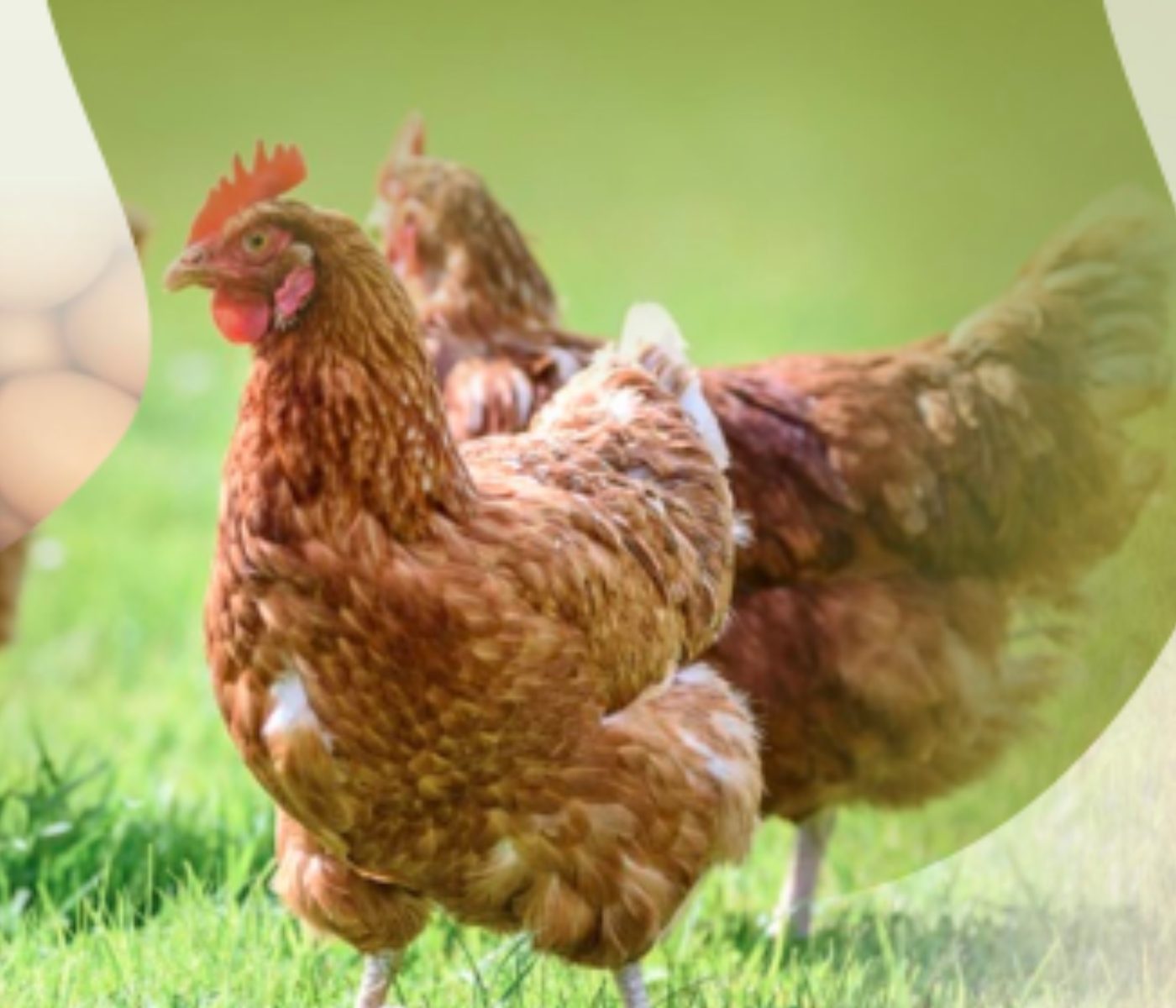
Hybrid Rye Potential in Laying Hen Feed Rations
Gwendolyn Jones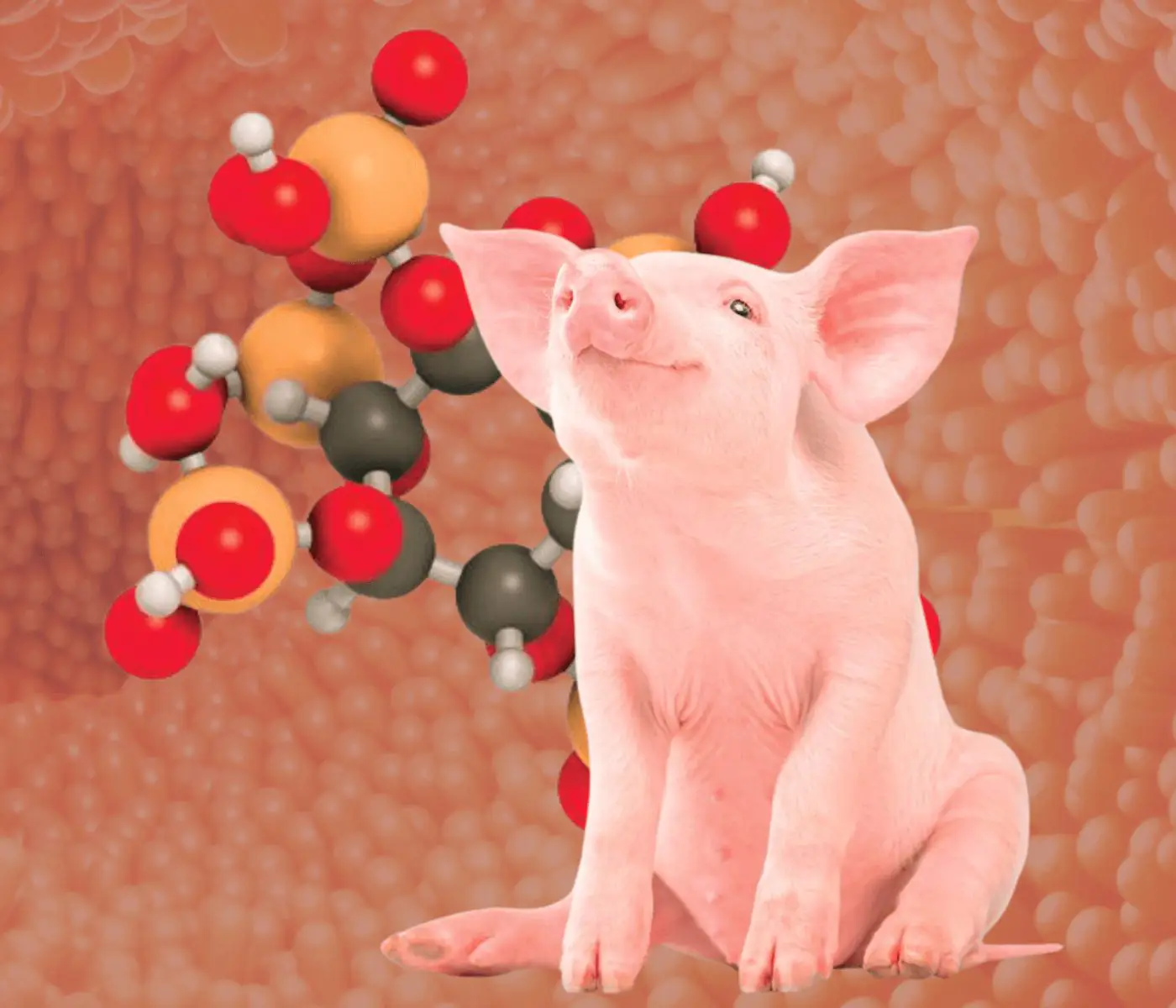
A day in the life of phosphorus in pigs: Part I
Rafael Duran Giménez-Rico
Use of enzymes in diets for ruminants
Braulio de la Calle Campos
Minerals and Hoof Health in the Pregnant Sow
Juan Gabriel Espino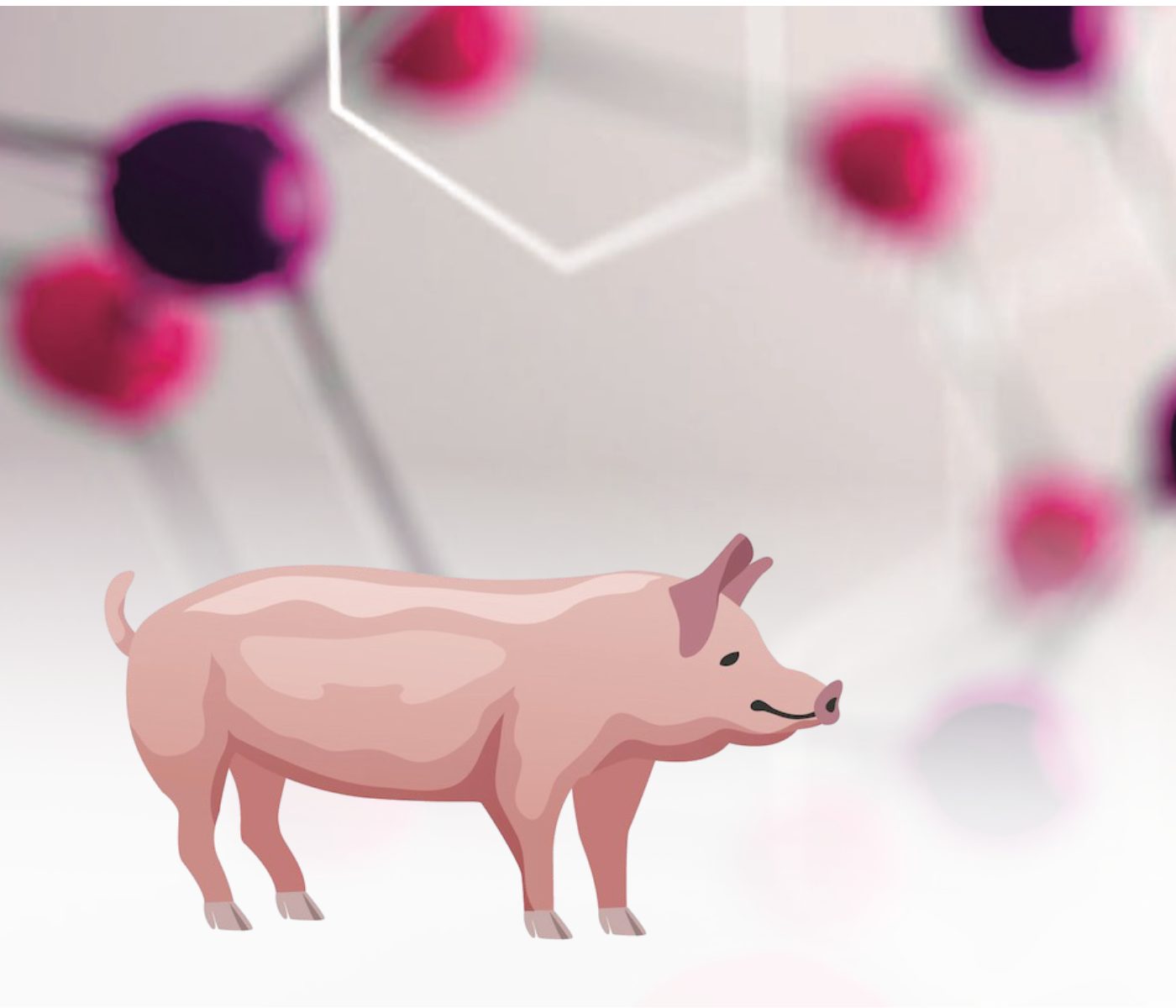
Impact of Oxidized Fats on Swine Reproduction and Offspring
Maria Alejandra Perez Alvarado